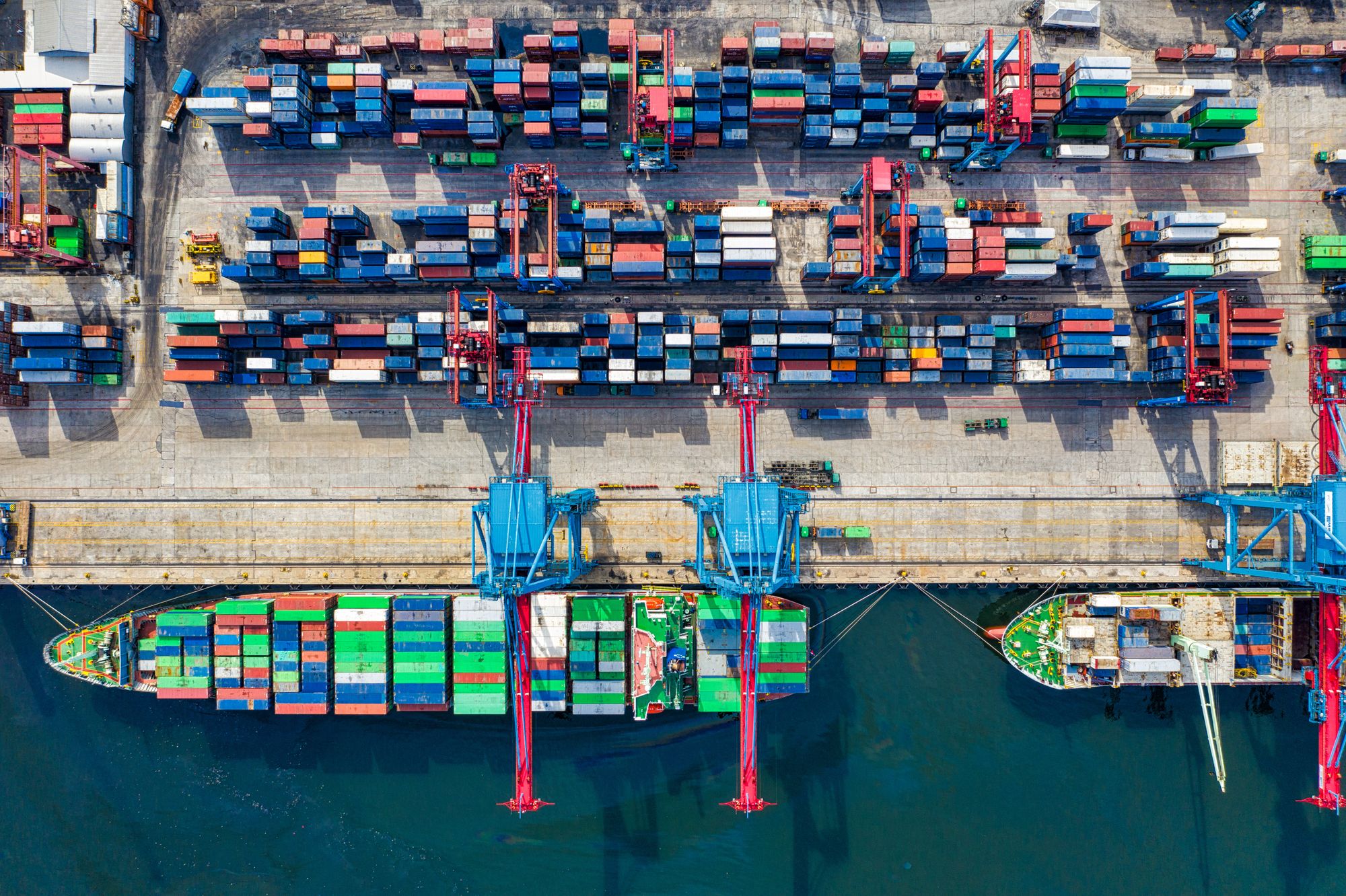No economy in the history of the world has seen bigger changes than China during the last three decades. And nowhere have the changes been greater than in the country’s chemical industry.
The progress from backwater third world nation to global economic powerhouse has been truly extraordinary.
Critics will point to the slowing down of economic growth to single digits in recent years, other economies remain envious of such dominant economic expansion.
While many chemical producers and raw material suppliers may feel that China is just a distant market, its enormous size gives it influence over all industries and impacts chemical businesses in every corner of the globe.
As a recent report by chemical industry consultants at McKinsey & Company states, “The enormous base that China’s chemical industry now constitutes—around $1.5 trillion of sales in 2017, amounting to nearly 40 percent of global chemical-industry revenue—means that, even at lower overall growth rates, the growth of absolute volume is still very large. To get a sense of that potential, consider that, at 5 percent growth per year, China will be adding the equivalent of the annual sales of Brazil’s or Spain’s chemical industries.” Adding that, “Projections suggest that China will provide over half of the global chemical industry’s growth over the coming decade, underlining its importance.”

But what is fuelling the ongoing growth in the chemical industry and what can other countries learn from China?
Here are the top three factors boosting Chinese chemical industry growth.
1. R&D
China is playing an increasingly strong role in chemical industry R&D. While historically, China was known its focus on basic chemical products or for copying technologies developed by Western companies, in many areas China is now on a par with global competitors.
As the study “China’s Chemical Industry: New Strategies for a New Era” by consultants at McKinsey note, “There are many examples of Chinese companies gaining technological parity with Western companies. One in the petrochemical field has been Wanhua Chemical, which has developed its own methylene-diphenyl-diisocyanate (MDI) technology. Wanhua is now the world’s largest MDI producer in what had historically been a close-knit sector dominated by a handful of Western companies due to isocyanates chemistry’s challenging technology-entry barriers. Another example is Kingfa Science & Technology, which … has now become an engineering-resin supplier to the top auto OEMs. Kingfa is also one of the small group of producers in the world making high-tech engineering resins, such as polyether ether ketone and polyamide 10T. In the fast-growing lithium-ion-battery area, Shanshan Technology has established a leading presence in cationic- and anionic-anode materials, electrolytes, and separation membranes, with a top three position in all segments.”
2. Consumer Trends
Consumer trends are playing an increasingly influential role in the development of the chemical industry. As the middle-class expands and standards of living rise, demand for increasingly complex chemical products is growing.
Whereas, thirty years ago chemical production was focused on basic chemicals and industrial feedstocks, today the focus is on more specialized chemicals. For example, as sales of personal care products increase so will the output of advanced specialty surfactants and additives, scented oils and fragrances need to increase. Similarly, Chinese consumer trends towards more sophisticated packaging, particularly as online sales increase or environmental-awareness grows, will push demand for complex products such as biodegradable polymers.
3. Government Focus
Additionally, government policy has remained focused on chemical industry output as the Politburo attempts to make China a global leader in certain sectors.
“The country [China] is in the midst of transforming itself,” noted Mark Eramo, Vice President of Global Business Development, Oil, Mid-Downstream and Chemicals stated at the World Petrochemical Conference held in Texas in March 2019. “From the world’s factory floor for low-cost production to the leading technology and innovation market, and building integrated mega-refining and petrochemical complexes.”
The impact of this can be seen in the governmental initiative ‘Made in China 2025’ which has prioritized a number of high-tech industries, such as electronics, aerospace, batteries, and electric vehicles (EVs).
As McKinsey observes, “… electric-car sales in China are projected to rise at a 25 percent compound annual growth rate through 2030. By that date, 12 percent of all cars running in China would be EVs, and the country would account for more than half of worldwide electric-car sales. Other examples include coatings and new materials for high-speed trains, and advanced composites for use by the country’s expanding aerospace industry.”
China’s economy is run on a combination of planning and economic forces. At present, strong political will towards a dominant chemicals industry (for both economic and strategic purposes), coupled with expanding domestic demand for consumer products is greatly aiding chemical industry growth.
However, despite the prospect of good times ahead, chemical producers in China cannot rest easy. Modern business is ever changing, and chemical suppliers will need to stay alert if they are to keep ahead of the curve and stay in business.
As the report notes, “China looks set to remain the fastest-growing major chemical market, but important changes are under way. To succeed in this next stage of development, players will need to embrace a new set of strategies.”
Click to read The Three Biggest Factors Restricting Chinese Chemical Industry Growth.
Photo credit: Asiamartmanufacturing, Whatech, Hifull, Cen, Dnvgl, BusinessInsider, ElephantRoom, Enggpost, & SeatradeMaritime pexels